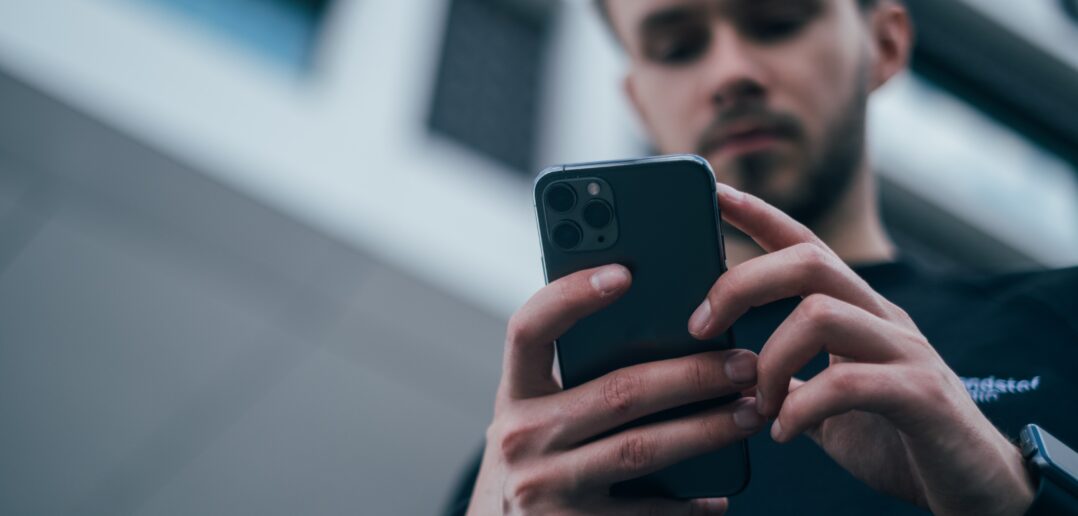Politicians like to talk about “access to health care,” but that phrase rings hollow for many. As many Americans know, having a policy alone isn’t enough to maintain their mental and physical wellness.
The problems with health care in America among rural and impoverished individuals go beyond carrying an insurance card in their wallet. Telemedicine strives to address some accessibility issues, but in doing so, it creates others for people without the necessary equipment to make a virtual connection with their doctors feasible. One student has taken matters into their own hands by setting up a phone donation program to help patients stay connected to their providers.
What the Program Does
Telehealth is a boon for many patients. Whereas getting seen for a potentially harmless but troublesome ailment once required getting dressed, taking time off work and traveling across town, many consultations now take place in minutes from the convenience of the individual’s waiting room.
During the recent pandemic, telemedicine became an invaluable tool. Many patients had understandable and valid fears about viral exposure and preferred to stay out of potentially germ-ridden doctor’s offices as much as possible. Likewise, those who live in remote locations now have a way to see their physician without traveling hundreds of miles.
However, not everyone benefited equally from this advance. Unfortunately, the most vulnerable patients often lacked access to telehealth. Why? They didn’t have the necessary equipment to connect.
One student saw the need and a way to address it. George Tidmore, a Valwood student who volunteered at a doctor’s office, proposed a phone donation program to Partnership Health Center, an organization providing primary and urgent care to individuals without insurance.
The program connects patients in need with donated smartphones that facilitate health care visits. Once a patient receives a donated phone, volunteers connect it through a provider that has a Lifeline Plan, a federal program that provides free phone service for low-income individuals.
People interested in helping can donate any working phone with a charger, although smartphones are preferred. Such devices let people connect face-to-face with providers, which provides added diagnostic benefits. Mental health clinicians, for example, can observe the emotional changes on their patient’s faces.
The program also helps patients track their health progress by giving them access to tools to monitor vitals like their weight and blood pressure. Doctors can now help individuals manage ongoing conditions like diabetes and hypertension.
Problems in Rural Healthcare
Multiple problems exist with rural health care. One issue is that patients often don’t know their options. Many locations might offer only one or two Marketplace plans, meaning residents find themselves stuck between going without anything and accepting a substandard policy. They might not know about options like self-insurance, which isn’t always as expensive as individuals think.
Another issue is the distance many people live from the nearest health care provider. Travel is one issue, particularly for disabled individuals who do not drive. They must factor in the cost of finding a ride, and getting an Uber in a rural area isn’t as simple as tapping an app and waiting a few minutes the way it is in the city.
Along with creating additional expenses, travel also cuts into earning potential for hourly workers who can’t punch in after-hours due to the nature of their jobs. Patients might need to take a full day off work to travel to some providers, which can put them behind on rent.
Therefore, many decide to simply live with a problem instead of seeking care. This delay in treatment means that a once readily treatable ailment reaches advanced stages before patients seek help. At this point, their conditions may be impossible or very expensive to treat.
With access to telemedicine, patients can now consult with physicians without paying for transportation or taking time away from work. Their provider can evaluate them and only recommend a visit when necessary to prevent further harm. In other cases, they can recommend home treatment measures.
Phone Donation Program Helps Patients Stay Connected
Addressing health care disparities is everyone’s responsibility. Thanks to the idea of one savvy


